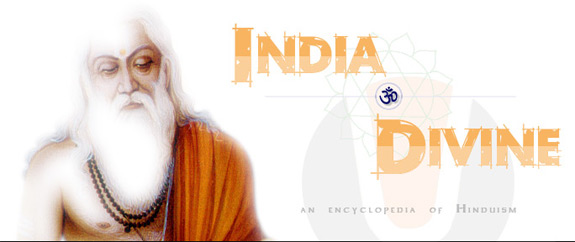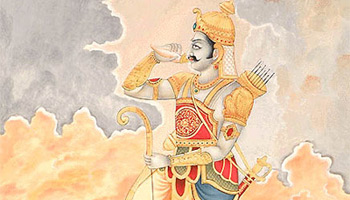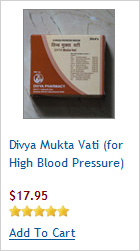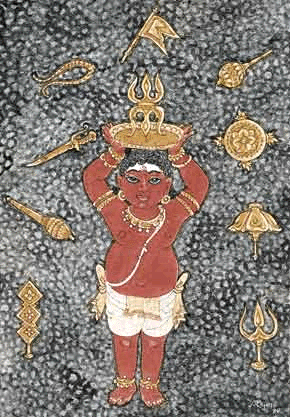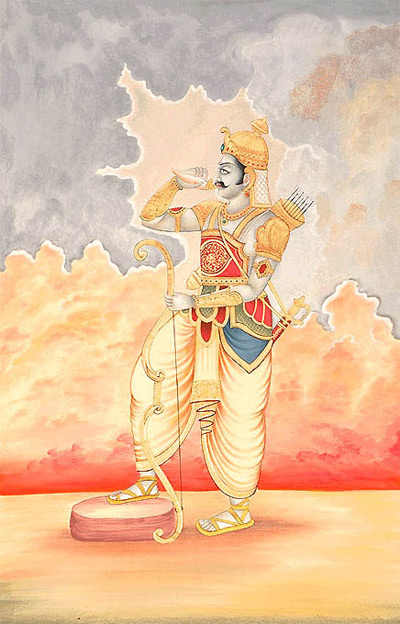Fotos de vijay
Festival of Inspiration

Asanas can be classified into several categories. Asanas should be selected on the basis of physical strength and energy. The patient should choose the asana depending on their illness to get best results.
(This is a brief description, please refer to the separate articles on each asana for detailed instructions to perform each yoga asana.)
Meditative Asanas:
- Siddhasana: This is a meditative pose that calms down the entire nervous system and keeps it in good condition. This is the best asana for meditation and celibacy. It also relieves stress.
- Swastikasana: This also calms down the entire nervous system and keeps it in good condition. This is also one of the best meditative poses.
- Padmasana: This is also one of the best asanas for meditation and celibacy, and it helps in relieving physical, nervous and emotional problems. It increases the digestive fire and strengthens the joints.
- Vajrasana: This is also a meditative pose that increases the functioning of the digestive system. This is the only asana that can be practiced after meals. It increases blood circulation above the waist and is beneficial for people who are very lethargic in nature.
- Shavasana: It overcomes nervous related problems. It is very beneficial for relieving mental stress, sleeplessness and physical ailments caused due to stress. It improves concentration and calms down the mind.
- Makarasana: It relieves physical and mental tiredness and helps in concentration.
- Balasana: It relaxes al the systems of the body and gives relief. This is considered to be the best pose to sleep and children generally sleep in this pose. Hence the name, Balasana.
- Regular practice of Pavanmuktasana overcomes constipation and gastric problems. It reduces fat and helps in reducing weight.
- Naukasana improves the digestion process and activates the intestines and their functioning. It is beneficial in case of nervous weakness and stress. It also plays an important role in maintaining the position of the navel.
- Viparitakarni Mudra: It improves the blood circulation in the heart, lungs and brain and overcomes problems of thyroid, parathyroid glands and related problems.
- Sarvangasana balances the body and activates the thyroid glands. It strengthens the entire body. It prevents premature graying of hair and hair loss. It brings natural glow on to the face and also reduces weight and prevents aging.
- Matsyasana improves the health of the lungs, throat and eyes. It relieves backache and neck pain. It is beneficial in case of shifting of navel and also helps control diabetes in women.
- Halasana overcomes constipation and makes the spine flexible. It is beneficial in overcoming thyroid and parathyroid gland related problems.
- Chakrasana strengthens the stomach muscles and improves the digestion process. It makes the spinalchord flexible and prevents aging, the excess fat on the stomach reduces and it increases the chest.
- Bhujangasana relieves problems related to reproduction, improves appetite and overcomes constipation; it makes the spine flexible and cures night pollution problem.
- Shalabhasana strengthens the stomach muscles, and improves digestion; it is beneficial in case of constipation and strengthens the lungs.
- Dhanurasana makes the muscles of spine and back flexible. It overcomes nervous weakness, constipation and psychological disorders.
- Ardhamatysendrasana removes constipation and indigestion. It improves the health of the liver and kidneys. It is beneficial in case of diabetes and also strengthens the muscles of the back and shoulders.
- Gomukhasana relieves lower back pain; it prevents spinal problems, joint pain and piles.
- Mandookasana improves appetite, cuts fat from the stomach and is beneficial in case of diabetes, constipation, gastric trouble and other stomach disorders.
- Ushtrasana strengthens the stomach muscles. It is beneficial in digestion, bowel movement and strengthens the reproductive organs.
- Sputa Vajrasana is beneficial in case of high blood pressure, sciatica, constipation and should be practiced in case of backache, gastric problem, etc.
- Ekpadagreevasana strengthens the thighs, calf muscles and reduces fat on the stomach. It is also beneficial in case of sciatica.
- Paschimottasana overcomes constipation, indigestion and seminal weakness. It reduces the risk of sciatica and is beneficial in case of pain in the calf muscles.
- Akarna Dhanurasana is beneficial in case of joint pain and makes the joints flexible.
- Yogamudrasana activates the internal organs and stomach. It overcomes constipation and seminal weakness. It controls high blood pressure and headache.
- Tolangulasana reduces obesity and overcomes stomach disorders. It increases concentration.
- Sinhasana overcomes problems related to the throat, nose, ears, and mouth. It improves voice quality and keeps it healthy.
- Parvatasana keeps the nervous system balanced and helps in gaining concentration.
- Tadasana develops the spine, strengthens the lungs, shoulders and nervous system.
- Katichakrasana should be practiced regularly to calm down gastric trouble, control diabetes and overcome constipation. It cures lung disorders and is beneficial in case of neck and backache.
- Trikonasana improves appetite and overcomes constipation. It increases height and reduces nervous stress.
- Vrikshasana strengthens the muscles of the legs and nerves. It overcomes all the lung disorders and helps in concentration.
- Garudasana makes the joints and bones flexible. It is beneficial in case of sciatica and hydroceles.
- Utkatasana strengthens the calf muscles and thighs and gives a good figure.
- Padhastasana overcomes stomach disorders and reduces weight. It improves the functioning of the reproductive organs in women and also overcomes related problems.
- Gorakshasana reduces fat from the hip area and makes the knee joints flexible.
- Bakasana strengthens the shoulders, hands and lungs.
- Shirshasana strengthens the entire bodily system, it improves blood circulation and functioning of the brain.
- Uddiyan bandh strengthens the digestive system and glands. It prevents aging.
- Brahmamudra makes the nerves flexible and calms down the mind and improves concentration.
- Surya Namaskar improves the functioning of all nerves, makes the body flexible and overcomes the disorders of the lungs, stomach and spine. It brings a natural glow to the face and improves memory power.
- Jalneti removes the phlegm and germs accumulated in the nostril path. It relieves sinusitis and related diseases.
- Sutraneti also removes the blockages in nostril path and helps in proper functioning of the nose.
- Kunjal kriya removes phlegm, kapha and other obstruction in the respiratory tract. It is beneficial in case of sinusitis.
- Vastra dhouti overcomes asthma and problems related to the respiratory system.
- Dand dhouti overcomes acidity and gastric trouble.
- Shankh prakshalan should be practiced in order to overcome diseases related to the digestive system and purify the intestines and stomach.
- Yogasana is not an ordinary exercise. It has long term benefits and regular practice gives excellent results.
- They should be practiced depending on the personal strength in the beginning and the duration can be increased gradually. Asana should not be done in haste or forcibly.
- In the beginning the practitioner could experience pain in the area, which is being stretched (while doing asana). In case of severe pain stop the practice and do it for a very short time.
- Yoga, asana and kriya should be practiced under the guidance of an expert.
beautifully sung on 10 Audio CDs

Regular Price: $49.45
(with free postage to anywhere in the world)
